By League of Education Voters Policy Team
We believe students come first. We are focused first and foremost on meeting the needs of every student.
We are dedicated to designing an equitable education system that serves all students based on their strengths, supports their needs, and provides the resources they need to be successful.
We are committed to working to close gaps experienced by historically and systemically underserved students— including students of color, students in poverty, students qualifying for special education services, students learning English, and students impacted by trauma. We believe this will lead to all students experiencing greater success and reaching their full potential.
WHY STUDENT SUPPORTS AND SCHOOL CLIMATE ARE IMPORTANT
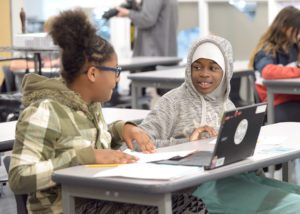 Students learn most effectively when their school feels safe, inclusive, supportive, and respectful (1). Creating positive school climates and providing student supports can mitigate the impact of trauma (2), mental health needs (3), and other non-academic factors that affect a student’s ability to engage in learning (4). It is instrumental in closing opportunity and achievement gaps in our system and improving student outcomes.
Students learn most effectively when their school feels safe, inclusive, supportive, and respectful (1). Creating positive school climates and providing student supports can mitigate the impact of trauma (2), mental health needs (3), and other non-academic factors that affect a student’s ability to engage in learning (4). It is instrumental in closing opportunity and achievement gaps in our system and improving student outcomes.
The creation of safe and supportive schools includes strategies such as Social-Emotional Learning (SEL), tiered systems of support, partnerships with families, partnerships with community-based organizations, and providing access to mental health services, among others. Between 50-80% of students in need of mental health services do not have access (5), and schools are likely the first point of access for many students that do seek services (6,7). School climate reform strategies have been shown to decrease school violence and bullying, increase academic achievement, and improve the school experience for students, staff, and families (8). The implementation of universal SEL programs have also been shown to result in significant academic gains (9,10) as well as a robust return on investment of $11 for every $1 spent (11). Read More
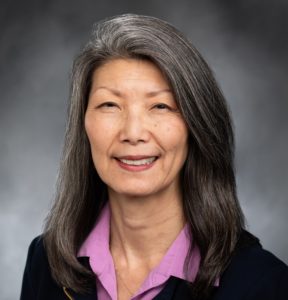 In our podcast, we interview policymakers, partners, and thought leaders to spotlight education policies, research, and practices so that together we can create a brighter future for every Washington student.
In our podcast, we interview policymakers, partners, and thought leaders to spotlight education policies, research, and practices so that together we can create a brighter future for every Washington student. In our podcast, we interview policymakers, partners, and thought leaders to spotlight education policies, research, and practices so that together we can create a brighter future for every Washington student.
In our podcast, we interview policymakers, partners, and thought leaders to spotlight education policies, research, and practices so that together we can create a brighter future for every Washington student. Students learn most effectively when their school feels safe, inclusive, supportive, and respectful (1). Creating positive school climates and providing student supports can mitigate the impact of trauma (2), mental health needs (3), and other non-academic factors that affect a student’s ability to engage in learning (4). It is instrumental in closing opportunity and achievement gaps in our system and improving student outcomes.
Students learn most effectively when their school feels safe, inclusive, supportive, and respectful (1). Creating positive school climates and providing student supports can mitigate the impact of trauma (2), mental health needs (3), and other non-academic factors that affect a student’s ability to engage in learning (4). It is instrumental in closing opportunity and achievement gaps in our system and improving student outcomes. With the passage of federal legislation in the 1970s, students with disabilities were guaranteed legal rights to access a public education that would accommodate their specific learning needs. Prior to guaranteeing the right to access education, it was common practice for students with disabilities to be actively excluded from public education settings. Federal legislation was intended to ensure that all students have the ability to access the public education system through the program of special education. (1)
With the passage of federal legislation in the 1970s, students with disabilities were guaranteed legal rights to access a public education that would accommodate their specific learning needs. Prior to guaranteeing the right to access education, it was common practice for students with disabilities to be actively excluded from public education settings. Federal legislation was intended to ensure that all students have the ability to access the public education system through the program of special education. (1)
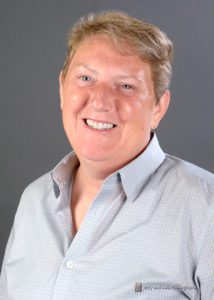
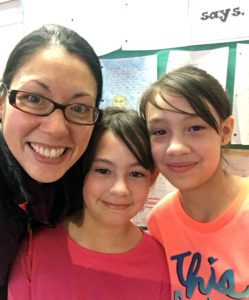
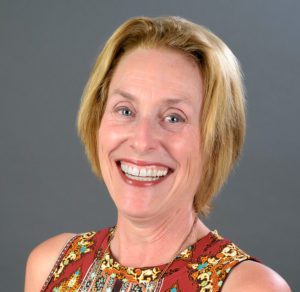 By Kelly Munn, League of Education Voters State Field Director
By Kelly Munn, League of Education Voters State Field Director